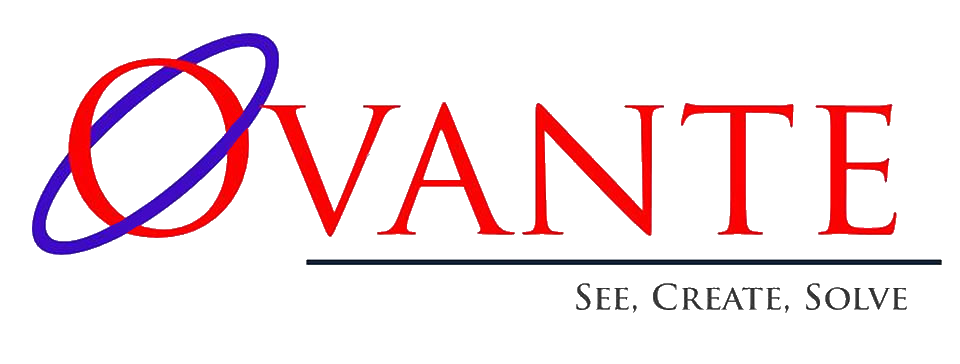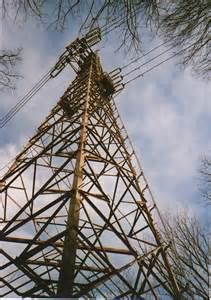Asset Management
The life of an asset begins on the drawing board, followed by its construction, installation, breaking-in period, maintenance cycle, the occasional repair, ending with retirement and disposal. Effective asset management, along with corrosion management, begins at the design stage.
The optimal design team should include one or more corrosion specialists or engineers. The specifications for a project must – and often do – include measures for cathodic protection and corrosion management. Those specifications will go a long way toward ensuring a long service life for the asset.
The Heartbreak of Early Retirement
In business, some employees are offered early retirement as a way to cut costs. In making such an offer, leadership must weigh the cost versus the benefits of losing a valued asset. To lose a valued employee means the loss of Expertise and Experience.
When it comes to the decision to retire plant assets such as machinery and components of infrastructure, businesses must assume that losses will be incurred in these cases as well. Once an asset is set in place and enters service, it begins an Existence that isn’t wholly reflected on the balance sheet.
In addition to the cost of replacement (which is very real and sometimes formidable itself), there are more subtle, intangible costs invloved. We’ve always heard the term “broken in” when it comes to machinery. New automobiles often come with manuals that explain the “breaking-in” process. Driving habits and care during the early life of the auto are prescribed by the manufacturer to ensure optimum performance over its lifetime.
Plant assets have a breaking-in period as well. New parts are naturally worn through use, eventually seating themselves, causing the machinery to run more smoothly. Buildings and infrastructure settle into place, becoming more solidified in the service for which they were created.
The existence of plant assets in this “broken-in” state provides increased value to the owner. The purchase, construction, installation and testing costs are capitalized for future depreciation, but that cost accumulation ceases once the switch is flipped and service begins. A brand new machine hums into life and, after time, achieves a rhythm of operation. That pole or tower ceases to settle and is braced for service. The only costs that should be incurred involve routine maintenance or, in a few cases, improvements. To be forced to retire an asset early is to incur a loss greater than the value of the asset as it stands on the financial statements. Is that value loss ever realized?
What Leads to Early Retirement?
Beyond acts of God and incidental damage, there are many factors that can lead to early retirement of assets. An asset can become obsolete. That doesn’t mean the asset is unusable, or even defective. Obsolescence occurs when a better, more advanced version or replacement of the asset is available. The questions of economics and liability begin to determine how much longer the asset will be in use.
The retirement of assets can also be a financial decision as the assets age and the benefit of depreciation expense is lost. Depreciation expense reduces taxable income. Once an asset has been fully depreciated, that benefit is lost. Assets are often replaced in order to regain the ability to charge off depreciation expense.
Probably the most common of these factors – and one which has been researched extensively – is corrosion. For as long as metals have existed, rust and corrosion have existed as well. Dr. Mehrooz Zamanzadeh (Dr. Zee), Primary Scientist and Engineer at Matco Services, Inc., often states that “nature is intent on taking what man makes and returning it to it’s natural state”.
Some of the terms we use to describe appearance are actually levels of corrosion. A faded paint surface is a degree of corrosion due to UV degradation of the coating. The powdery surface on stainless steel is corrosion. The white powder that occurs on galvanized steel left out in the rain and sunshine for a few days is “white rust” – corrosion.
When Should Corrosion Management Begin?
Corrosion management should begin in the design stage of a project. An effective corrosion management program takes into consideration questions such as:
- Are there corrosive elements at the installation site that need to be considered during the design phase of the project? The composition of the asset will go a long way to ensuring its longevity, and the more input from a corrosion manager at this stage, the better.
- If the asset will be located outdoors, what type of land will surround it? Is it coastal, agricultural, urban, industrial? The air and soil quality will have an effect on the lifespan of the asset.
- What utilities are buried around the asset that can cause stray currents – currents that can cause corrosion or speed up its rate of progress?
- Is the asset designed to avoid galvanic corrosion that can occur when dissimilar metals are are in contact with, or in close proximity to, one another?


